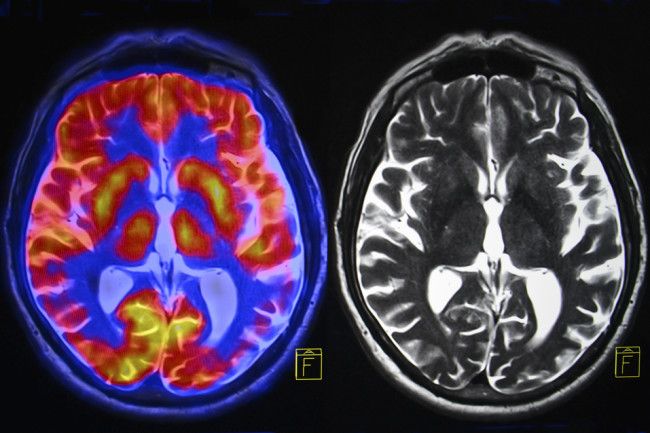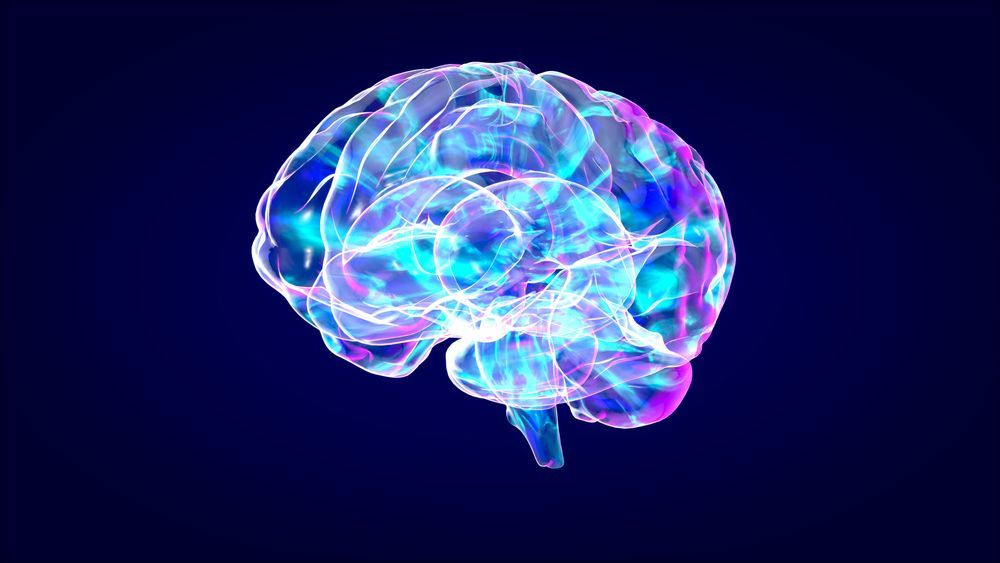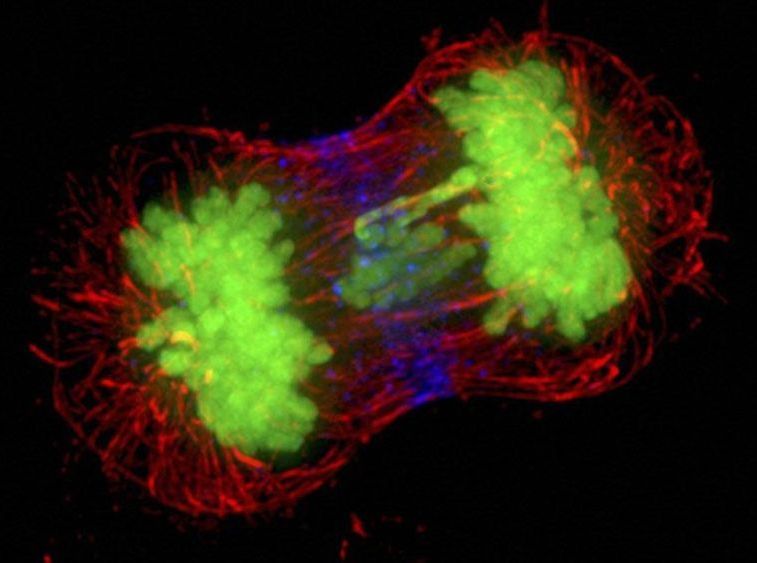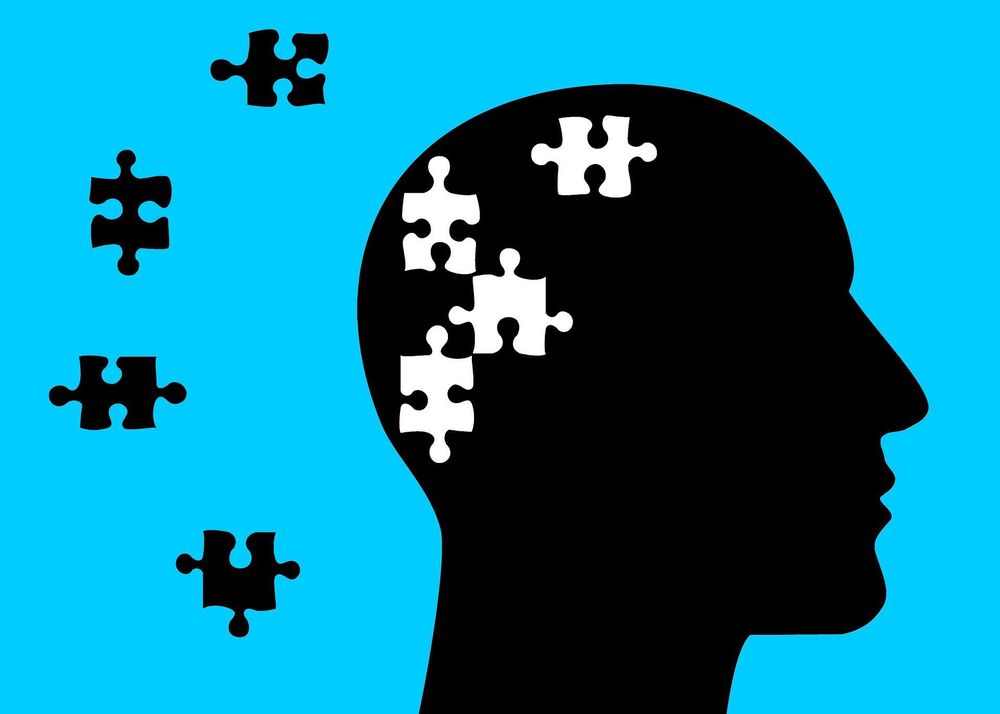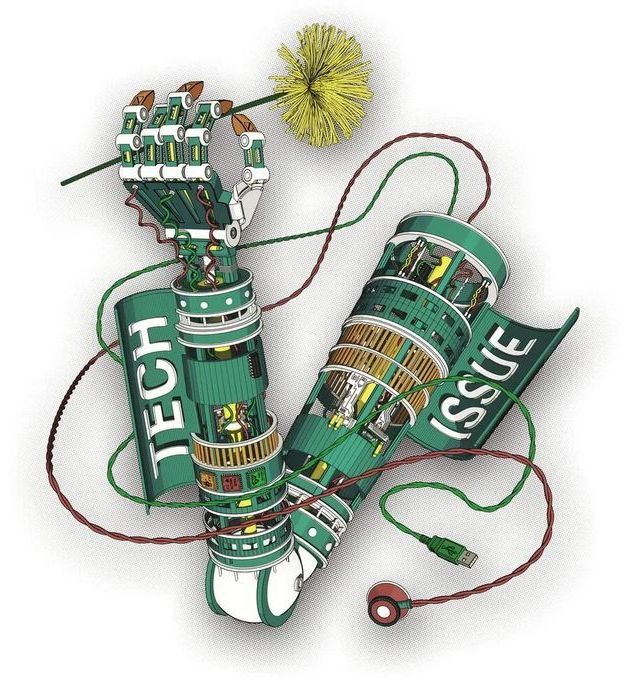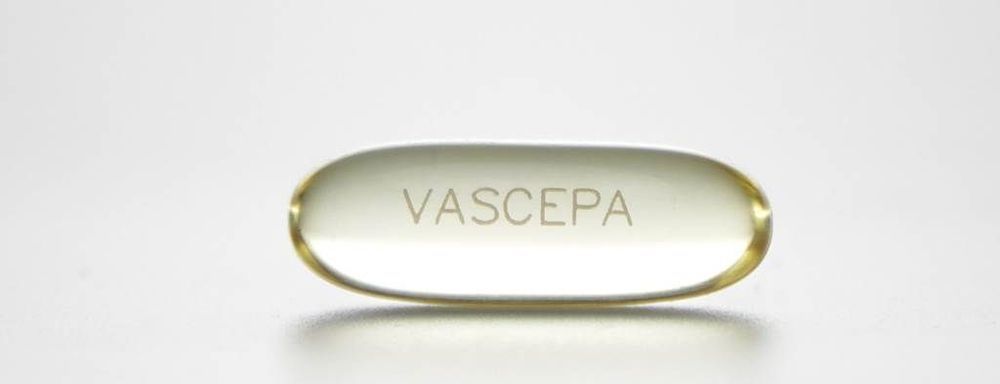As part of the LEAF Longevity Bookclub and to celebrate the launch of Dr. David Sinclair’s new book, Lifespan: Why We Age and Why We Don’t Have To, we hosted a special webinar on the 18th of September. The new book takes us on a journey through the biology of why we age and spotlights the exciting research being done in the lab today which could potentially change the way we treat the diseases of aging.
Dr. David Sinclair is a professor of genetics at Harvard Medical School. One of the leading innovators of his generation, he has been named by Time as “one of the 100 most influential people in the world” and in the top 50 most influential people in healthcare. He is a board member of the American Federation for Aging Research and has received more than 35 awards for his research and major scientific breakthroughs. Dr. Sinclair and his work have been featured on 60 Minutes, Today, The Wall Street Journal, The New York Times, Fortune, and Newsweek, among others. He lives in Boston and enjoys hiking and kayaking with his wife and three children.
Multiple prominent personalities and channels, including Joe Rogan, David Pakman, and Utah Public Radio, have interviewed him about his book, and we took the opportunity to allow the community to directly contact him. The webinar was an open event that offered up to 100 people a chance to join the video conference with Dr. Sinclair and to participate in the Q&A session following a reading of some of the exciting sections of the new book. We are delighted to announce that the webinar was an outstanding success, with over 90 people joining the call live to take part as well as many more watching via the livestream on our Facebook page. Five lucky attendees also won a copy of the book courtesy of Dr. Sinclair, and we would like to thank him for this kind offer as well as for taking the time to conduct this webinar with us.
